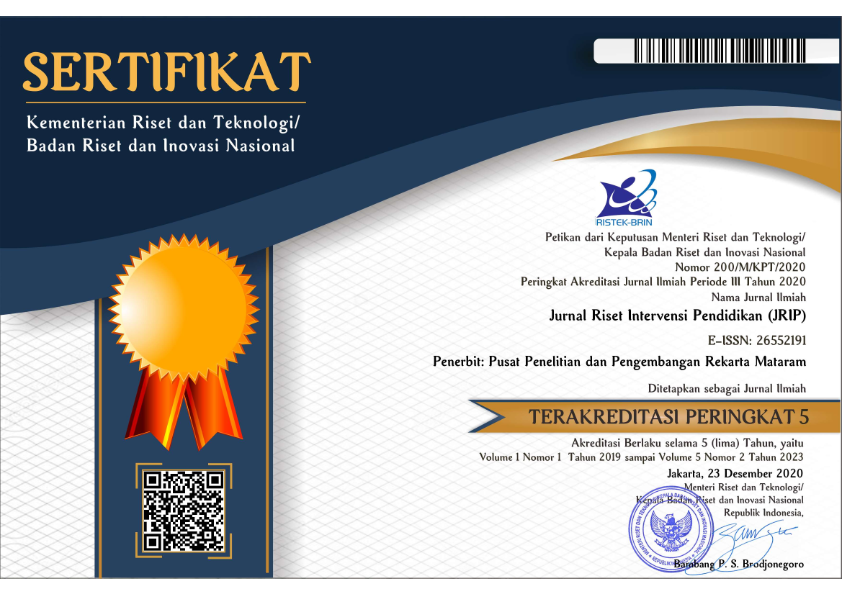An Error Analysis of English as a Foreign Language (EFL) Students’ Works on Simple Present Tense
Keywords:
Surface; Strategy; TaxonomyAbstract
Verb tenses in English has been challenging for the students even they have already been studying English for many years. The tense system in students’ first language may be very different from English that it takes some more time for the English as a Foreign Language (EFL) students to master it. This research, therefore, is carried out to analyze the errors that are commited by the students in learning simple present tense. This study presents qualitative research conducted through analysis of students’ answer sheet about changing the sentences into negative and interrogative in the form of present tense. Nineteen English Department students at the first year were taken as the subject of this research. The data are checked one by one by applying error analysis (EA) to identify errors. From this investigation, it is found that there are 288 errors done by the students. These errors are subsequently analyzed and classified based on surface strategy taxonomy: omission, addition, misinformation, and misordering. The number of errors for each category is 68 (23,61%), 23 (7,99%), 143 (49,65%), and 54 (18,75%) respectively. It can be seen that the most frequent error emerged on the students’ works is misinformation, more than half of the total errors (49,65%), while the least common error committed is addition, not reaching a tenth of all (7,99%). This finding provides an illustration of students’ weakness in learning simple present tense which can be beneficial either for students or for the lecturer in the future. It is suggested that the students be more focused on parts they are weak in when learning grammar to reach a better understanding. The lecturer also can provide a more appropriate teaching material or method highlighting the more demanding part by his or her students.Downloads
Published
2021-04-21
Issue
Section
Articles






